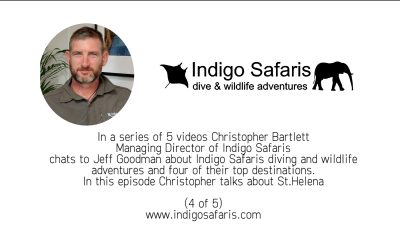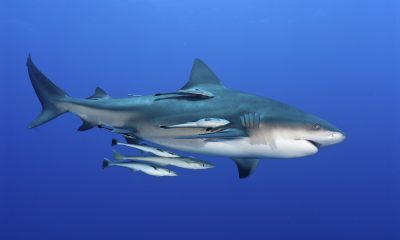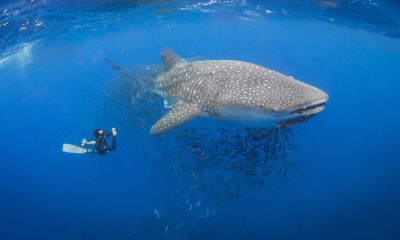Blogs
The diversity of South Africa’s Kwa-Zulu Natal South Coast
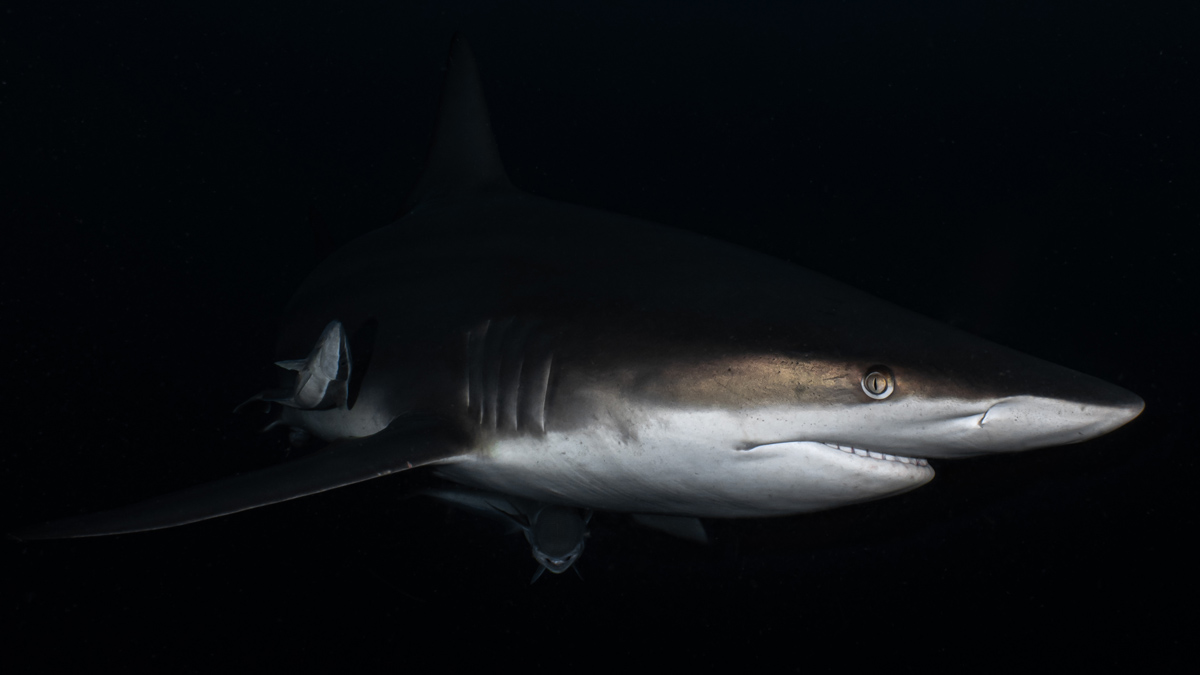
If you know anything about diving in South Africa, you probably know that you can expect to see a wide variety of sharks. From the Great Whites, Makos and Blue sharks in the Western Cape to the Tigers, Ragged tooth (Sand Tigers/ Grey Nurse) and Bull Sharks in Kwazulu-Natal. You have probably also heard of Aliwal Shoal, a reef structure approximately 5km off the Kwazulu-Natal Coast, usually dived from the towns, Umkomaas and Scottburgh.
People travel from all over the world to dive on Aliwal Shoal. When they get there, they discover the region has so much more to offer. Yes, there are the wild game safaris, incredible local craft breweries and a host of other tourist activities. But let’s focus on the diving.
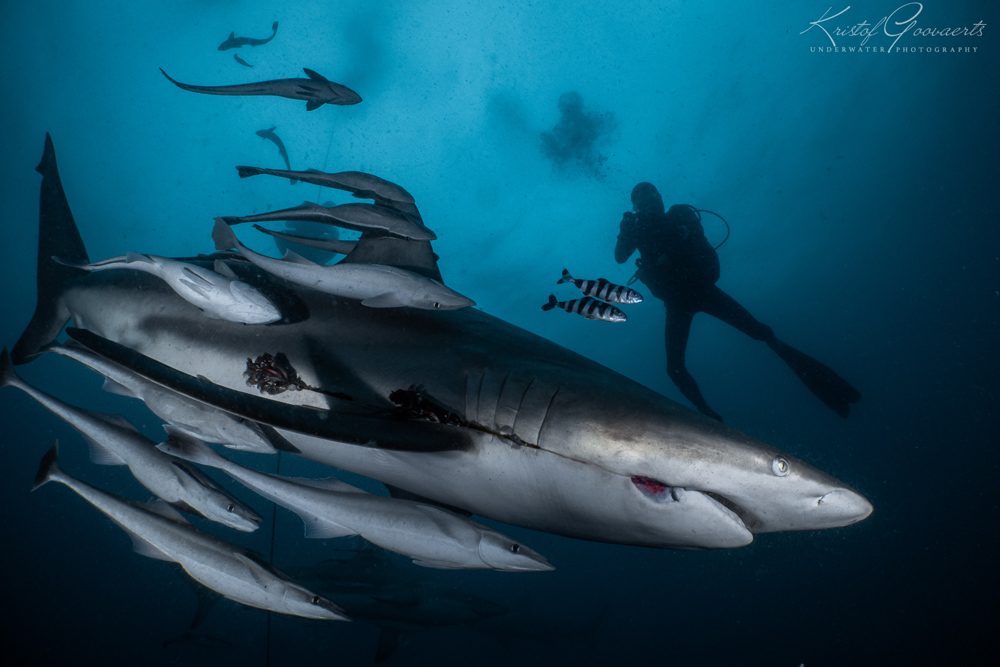
The fossilized sand bank of Aliwal Shoal is home to a wealth of diverse sea life. Apart from the sharks, whales, dolphins and rays, you are likely to encounter hundreds of different species of sub-tropical creatures.
This rocky reef structure presents you with exciting pinnacles, drop-offs and caverns, which during the right time of year, are usually filled with docile Spotted Ragged Tooth Sharks. Dozens of interesting dive sites like Raggie’s Cave, Cathedral, Shark Alley and Manta Point are some of the most frequented by divers.
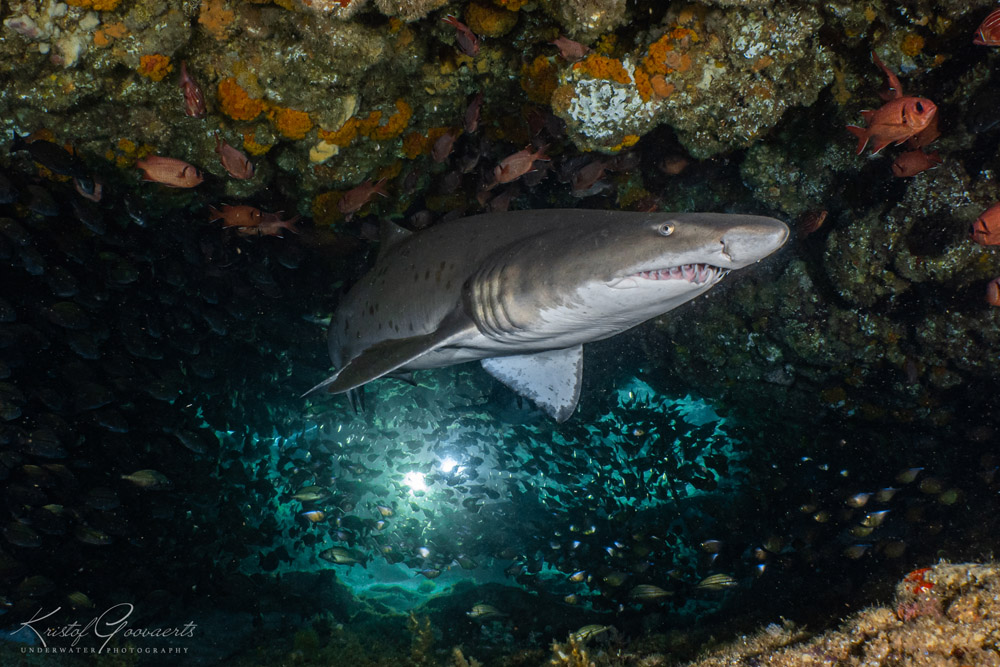
Of course, with a reef structure that has pinnacles as shallow as 6 or 7 meters, ships were bound meet their demise. Two incredible wreck dives in the area are “The Nebo” and “The Produce”. The wrecks themselves are both interesting and unique, but one of the most incredible sightings divers look forward to seeing, are the enormous Brindle Bass, also known as the Giant Grouper. Growing up to 2.7 meters, they are definitely a giant fish that can be a little nerve-racking to bump into.
To the south of Aliwal Shoal there are even more dive sites that offer not only an abundance of typical sea life but the opportunity to see some of the rarest marine animals.
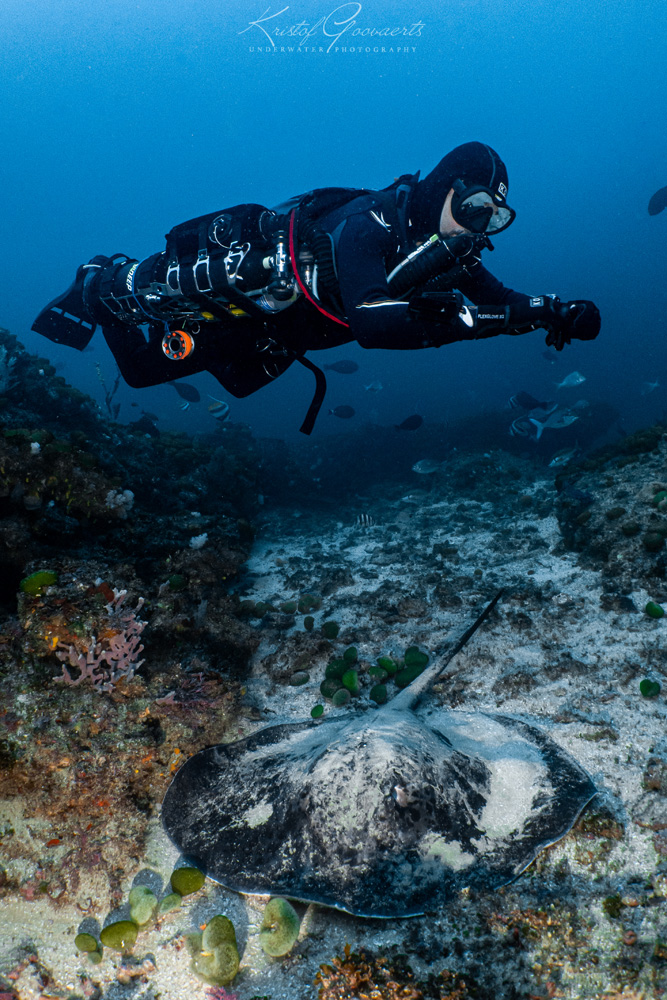
In November 2019 a team of divers recorded a Coelacanth on a deep wall. The Coelacanth, “Dinosaur Fish”, was once thought to be extinct. However, there have been numerous sightings of the fish on the South African coast, mainly in Sodwana Bay north of Aliwal Shoal, which makes this particular find very interesting.
The elusive and elegant Thresher Shark has been seen on a number of occasions, most notably at a site called Allen’s Cave. This dive site with a maximum depth of 36 meters features some incredible rock formations with gullies, ledges and swim-throughs. During the Ragged Tooth Shark season, there are often sharks resting inside the swim-through.

Umzimai Wall is a site dived less frequently which means that divers are spoiled with inquisitive and curious marine animals. It’s the huge wall and fascinating reef structure that really is the star of the show. Although you can spend a great deal of time at 25m on this reef, the wall descends down to 40 meters. As with many of the deep reefs in this area, you will see long spiraling whip corals that will dwarf many a diver.
Other notable dive sites south of Aliwal Shoal include Landers; Half Acre; Butchers and Fern Reef, all with unique and interesting attractions.
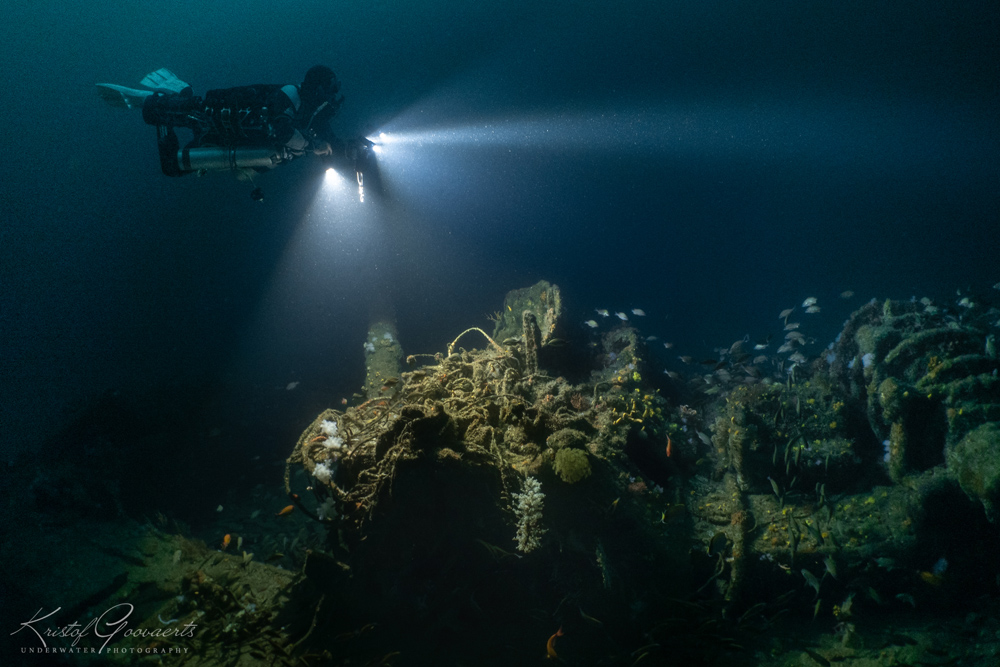
If you’re into some deep wrecks, there certainly are a number in the area that will no doubt impress. The Griqualand is one such wreck that lies in 52 meters of water north of the Aliwal Shoal reef system. At almost 500 tons, this steamer, which sank in 1970, requires more than one dive to truly appreciate all it has to offer. Divers can swim along its mast, that is still intact, and lays across the sand while witnessing a large school of Daga Salmon darting around the wreck. Look out for the enormous Brindle Bass that could be hiding in the shadows of one the holds. And of course, keep an eye out for the sharks that often visit while you’re doing your decompression.
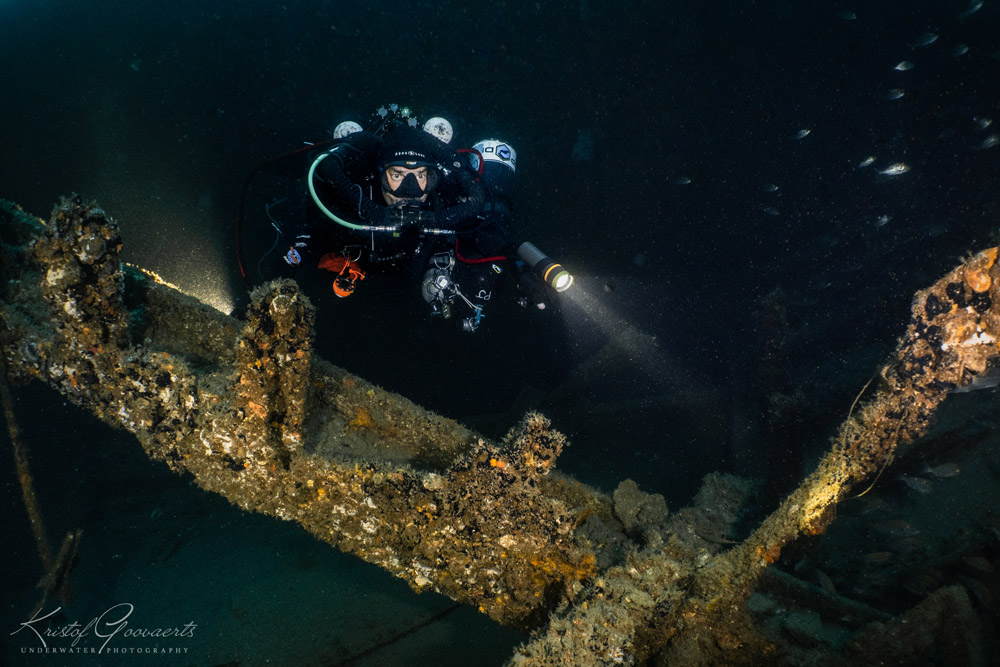
If the weather isn’t great for diving or if you just need to dry out your gills, there are a multitude of activities to keep you busy. Divers visiting South Africa will enjoy seeing the marine big five, but don’t forgot about the big five land animals. A trip to South Africa will not be complete without a visit to some of the best wildlife viewing the world has to offer. Many parts of the country have world-class lodges and camps nestled in the bush affording visitors an unforgettable wildlife experience.
The adventurous could go on hiking or mountain-biking trails, ziplining, bridge swinging or even river rafting. Those that prefer a slower pace can enjoy a round of golf at one of the many golf courses in the area.
Whether you are an entry level diver or an advanced technical rebreather diver, there is something for everyone and enough to see to keep you busy for weeks. South Africa is an incredibly diverse nation with so many attractions whether on land or underwater, that you are spoiled for choice. The hard part is deciding where you want to visit first.
Images: Kristof Goovaerts
Article by PJ Prinsloo – www.pjptech.co.za
Blogs
Jeff chats to… Christopher Bartlett, MD of Indigo Safaris, about scuba diving and safaris in Africa (5 of 5)

![]() In the last in this exclusive series of five videos, Jeff Goodman, Scubaverse Editor-at-Large, chats to Christopher Bartlett, Managing Director of Indigo Safaris, about their diving and wildlife adventures, and four of their top destinations. In this episode Christopher talks about Africa.
In the last in this exclusive series of five videos, Jeff Goodman, Scubaverse Editor-at-Large, chats to Christopher Bartlett, Managing Director of Indigo Safaris, about their diving and wildlife adventures, and four of their top destinations. In this episode Christopher talks about Africa.
For more information, please visit www.indigosafaris.com
Rather listen to a podcast? Click on this link to listen HERE.
Blogs
Jeff chats to… Christopher Bartlett, MD of Indigo Safaris, about scuba diving in St Helena (4 of 5)
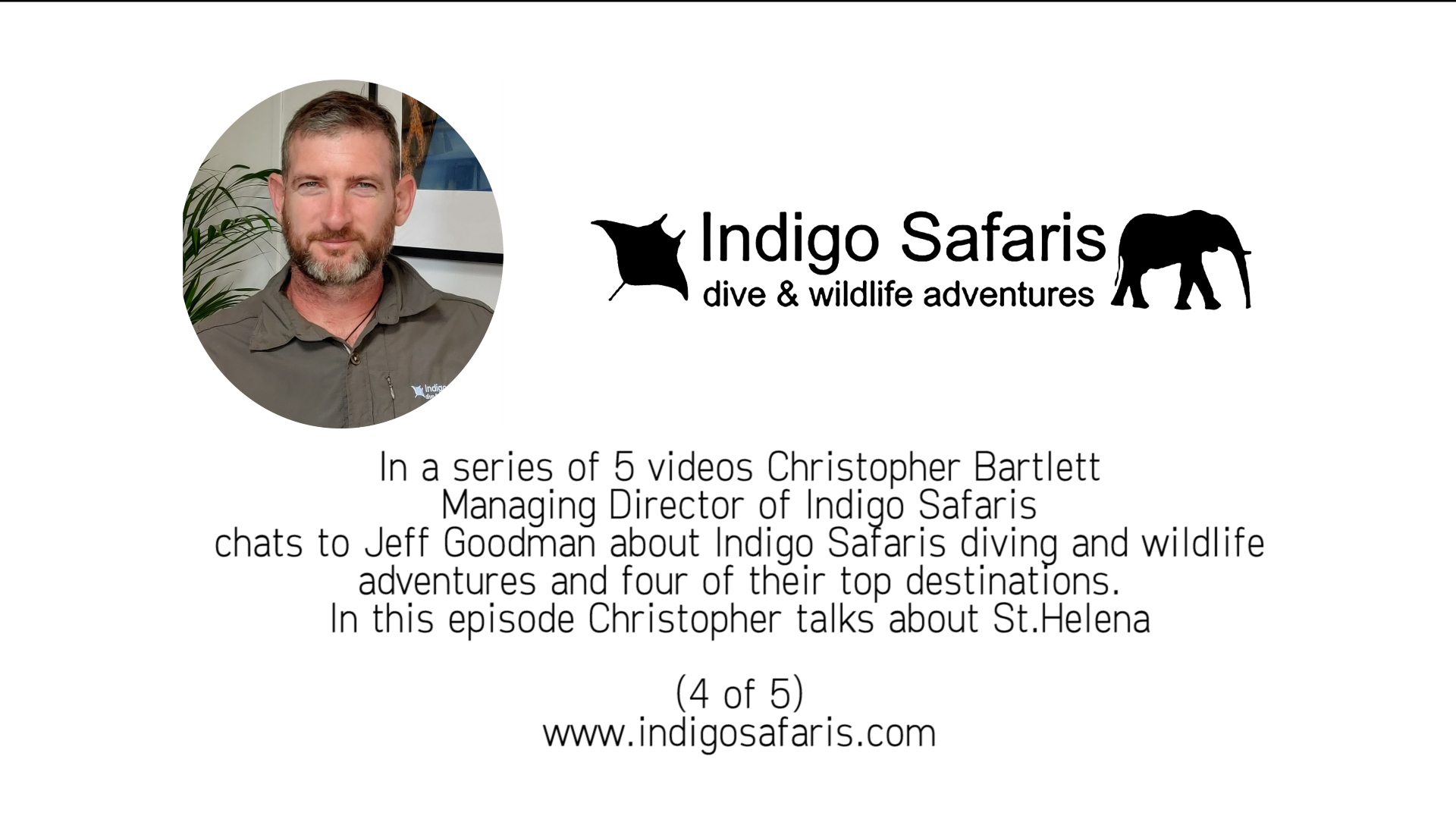
![]() In the fourth in this exclusive series of five videos, Jeff Goodman, Scubaverse Editor-at-Large, chats to Christopher Bartlett, Managing Director of Indigo Safaris, about their diving and wildlife adventures, and four of their top destinations. In this episode Christopher talks about St Helena.
In the fourth in this exclusive series of five videos, Jeff Goodman, Scubaverse Editor-at-Large, chats to Christopher Bartlett, Managing Director of Indigo Safaris, about their diving and wildlife adventures, and four of their top destinations. In this episode Christopher talks about St Helena.
For more information, please visit www.indigosafaris.com
Rather listen to a podcast? Click on this link to listen HERE.





